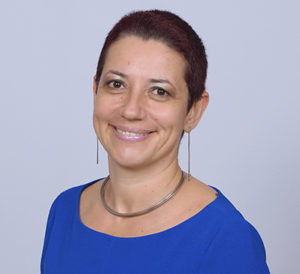 Singapore is a country with a plan when it comes to preparing for and managing pandemic. The small city-state put in place Disease Outbreak Response System Condition (DORSCON), a national prevention and response plan, soon after the SARS epidemic in 2003.
Singapore is a country with a plan when it comes to preparing for and managing pandemic. The small city-state put in place Disease Outbreak Response System Condition (DORSCON), a national prevention and response plan, soon after the SARS epidemic in 2003.
The system’s color-coded framework (going from green/yellow/orange/red level of alert) shows the current disease situation and provides general guidelines for prevention and infection control. This plan has been tested in recent years by the MERS (62 suspected, all negative) and H1N1 epidemics with good results.
Late last year, soon after information about Wuhan pneumonia started circulating, DORSCON Level Orange was activated with speed and quasi-military precision and is still in place as the world deals with the COVID-19 pandemic. Extensive testing, exhaustive contact tracing, and strictly enforced quarantines are cornerstones of this national strategy that has been praised by the World Health Organization and other international public health agencies, with some calling it the “gold standard.”
While working as a healthcare architect in Singapore from 2016-2019, I learned how the design and construction of Singapore’s healthcare facilities is shaped by the country’s this “It’s not if, but when” approach, which is echoed in the country’s public-awareness campaign for crisis situations ranging from health concerns to terrorist attacks.
Some of the strategies employed are not new in concept but the scale at which they are implemented is significant by comparison, as is the amount of resources allocated to create surge capacity inside healthcare facilities.
As I reflect on my time there and what’s going on globally now, a few lessons come to mind. First, when it comes to pandemic scenarios the key is to separate, separate, separate.
Operationally, that starts with separating the flows of patients even before they arrive to the hospital, according to pathology and acuity. Identifying and separating those that test positive from the general population is crucial to preventing further spreading of infection. To that end, Singapore’s virtual care is scaled up to deal with all non-urgent requests and purpose-built websites outline the steps to take for the general public in case they need to access treatment.
External triage operations are activated just outside the hospital or in nearby parking lots or parking structures, thus preventing accidental contamination within the hospital. Specific to the COVID-19 pandemic is identifying the incoming flow of febrile patients and directing them to a separate entrance of the emergency department.
In the Singapore approach, staff operations in surge mode look different, too, by switching to care performed in shifts with multidisciplinary teams, as opposed to regular rotations, with teams separated from each other in space and/or time in order to minimize the risk of spreading infection. This may mean separate access routes within the hospital or separate care zones within one treatment compartment.
Architecturally, physical separation of both of patients and staff is achieved by creating compartments with controlled access and that can function independently. For example, an isolation compartment might have its own entry point (often called the “fever entry”) and can treat high-risk infectious patients. Vestibules are used to further segregate compartments at connecting circulation points.
From an engineering systems perspective, separation means different mechanical distribution per compartment that’s able to provide unidirectional airflow according to the type of isolation needed in each room or zone. Correctly pressurizing the buffer zones between compartments is key to the success of this strategy, as it prevents transfer of contaminated airflow.
The amount of redundancy built into the system is another aspect that sets the Singapore approach apart: Overflow isolation and resuscitation capacity is built-in and supported by up to 100 percent redundancy in building systems (air handling units, medical gases, etc.). This allows many facilities to double their capacity in a surge scenario with relative ease.
The changes brought to our healthcare world by COVID-19 are profound, starting with the almost overnight mass-conversion to virtual care. The way we build will be forever changed with resilient design and management strategies and responsiveness becoming front and center in the immediate future.
Maria Ionescu is a senior healthcare architect at Stantec (Los Angeles). She can be reached at maria.ionescu@stantec.com.
from HCD Magazine https://ift.tt/2yX0S3I
via IFTTT

No comments:
Post a Comment